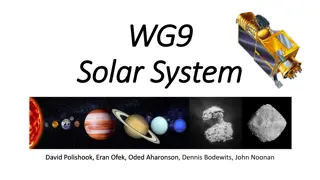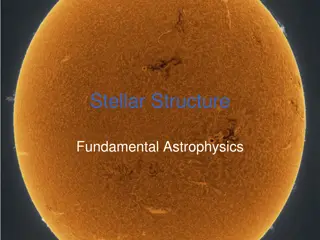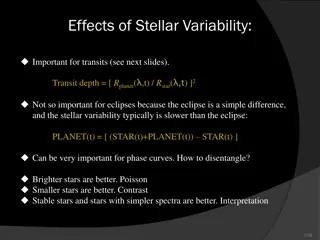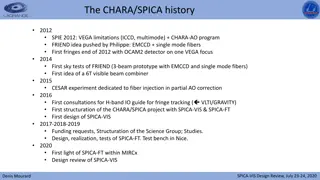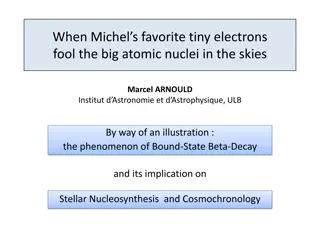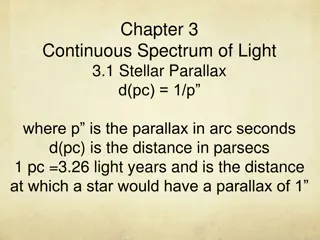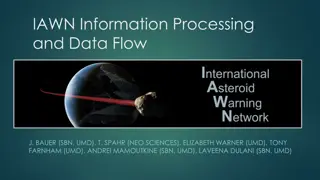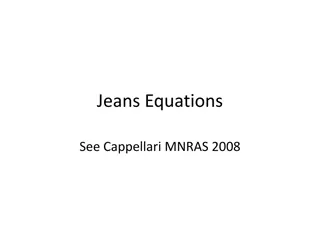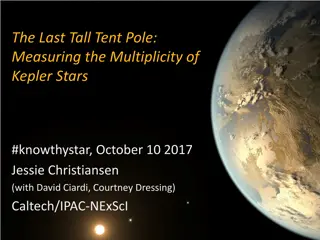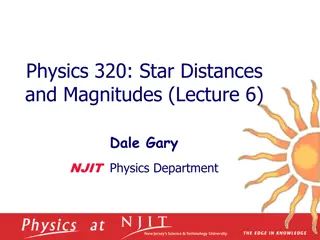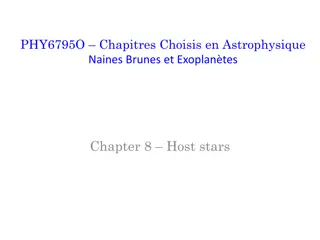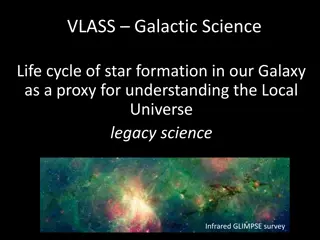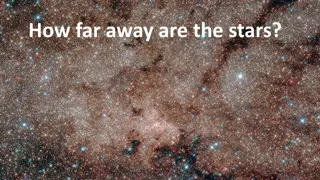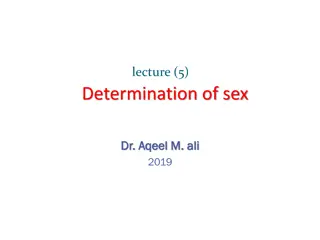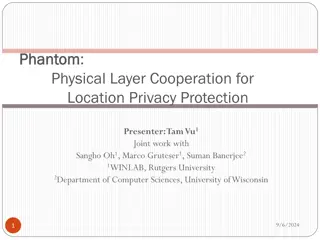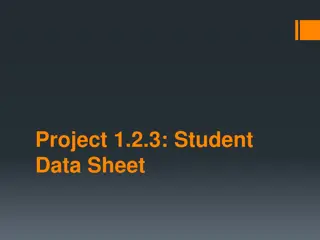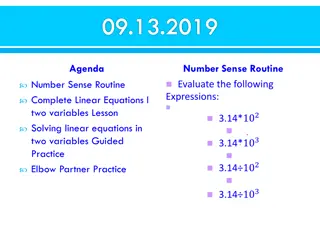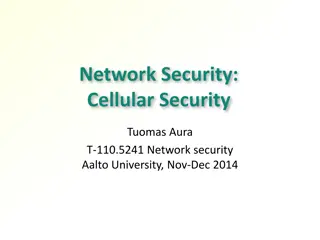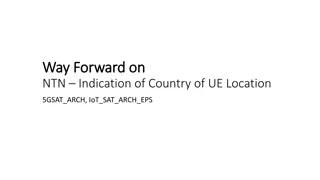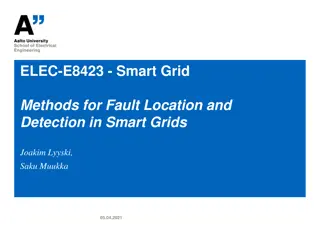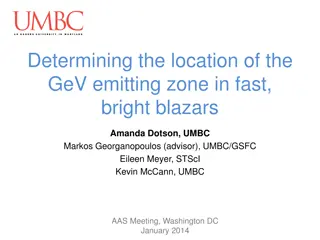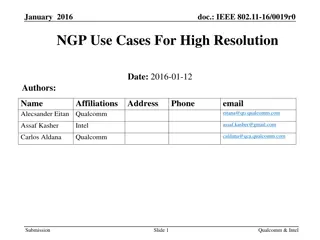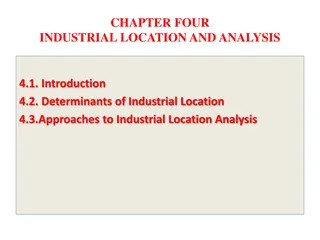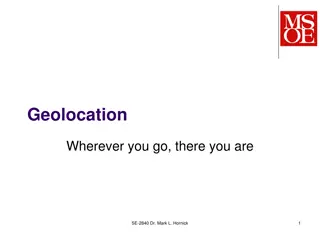Solutions for Asteroid Location Determination in Stellar Systems
Detailed guidance is provided on how to determine the location of an asteroid in relation to stars in a stellar system. The process involves different scenarios such as unique solutions, double solutions, and four solutions, each requiring specific steps for accurate identification. Matching events, plotting relationships, and setting solutions are discussed to aid in the accurate determination of the asteroid's position. Specific instructions on handling various scenarios are outlined to ensure precise results.
Download Presentation

Please find below an Image/Link to download the presentation.
The content on the website is provided AS IS for your information and personal use only. It may not be sold, licensed, or shared on other websites without obtaining consent from the author. Download presentation by click this link. If you encounter any issues during the download, it is possible that the publisher has removed the file from their server.
E N D
Presentation Transcript
Usually very straight forward Sometimes it takes quite an effort Treat the observers identification of brighter/fainter star with great skepticism if the magnitude differences are not great. This is the greatest cause of trouble in matching events to components. Don t treat magnitudes from light curve analysis tools as always being right
Matching events - 1 Can help to plot events for each component to find possible relationships
Unique solution. For both components, you know where the asteroid is relative to both stars
Double solution. You know where the asteroid is relative to one star, but the fit is ambiguous for the other star
Four solutions. The asteroid location is ambiguous for both stars
In almost all cases, our doubles are not resolved in Gaia. So need to match the photo-center to the Gaia star position Specify relative brightness of the stars For Unique solutions, and 4-solutions, use the brighter component For Double solutions, use the component where the star path is known
Need the average position of the main component. That is, the average of the two possible chords. Click: Follow instructions After you click Set Offsets close the form.
Setting solutions For each solution, set the solution number Fit the chords using Sepn and PA For Unique and Double solutions, you can use the usual automatic fitting button just check the boxes for Sepn & PA
Setting solutions - 2 For four solution events as you select a new solution number, the location of the primary star will be automatically placed. The task is to fit the other chord. You can use the Automatic fitting button. However you MUST uncheck the fitting checks for the X and Y coordinates
Click Solutions on the Editor Click List current and get Click Delete and get To delete, check the relevant solution(s), and click Delete. Close the form when done
From Main form, click Double stars, and get: With the exception of the first event on this list ( Sco), all are discoveries
Official recognition = Entry in WDS Need to write a short paper for the Journal of Double Star Observations. USNO will use that to create an entry in the WDS Include all solutions. Only one will be listed in the public catalogue, but all will be included in their database Samples of past papers are readily available using a sample, its easy. And JDSO will assist you


